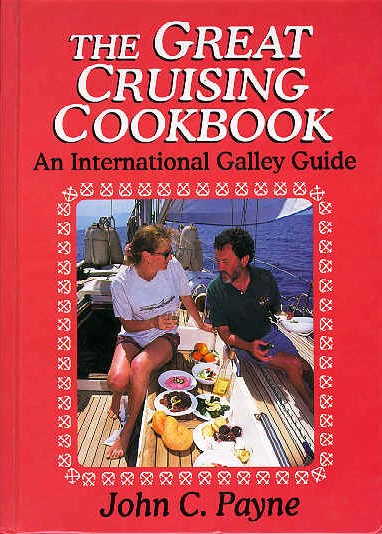Austral Islands French Polynesia
The Austral Islands French Polynesia (Îles Australes), or as they are also known as the Tubuai Islands, and they are situated in the far southwest of French Polynesia, some 640km (400 miles) south of Tahiti. The main island, Tubuai, is referred to as the breadbasket of the area due to its fertile soil which allows fruit and vegetable growing. The island group comprises seven islands of which two are uninhabited.
The island group comprises two separate archipelagos. In the northwest are the Tupua islands (Îles Tubuaï) and these consist of the Iles Maria, Rimatara and Rurutu. The population is only about 7,000 islanders on an area of 150 km2 (58 sq mi). Tupua'i Island and Ra’ivavae, and in southeast the Bass Islands are the main island of Rapa Iti and Marotiri. While the islands are located south of the tropic of Capricorn.
Austral Islands French Polynesia History
Rurutu was the first of the Austral Islands to be discovered by James Cook on his first Pacific voyage in 1769 which he named Ohetiroa. After the mutiny on the Bounty in 1789 it departed for Tubuai and stayed for a week before heading for Tahiti. The mutineers returned and ended up having bloody clashes with the islanders with many dead islanders, and the Bounty departed 3 months later. Whalers were regular visitors in the 19th century which came for fresh water and provisions. Rimatara, is the smallest island, Rurutu, is renowned for its limestone caves and orchids that flourish deep in the dense forest; Tubuai, is the administrative centre of the archipelago; Raivavae, is regarded as one of the most beautiful islands in the Pacific and is known for its large Tikis and the crystal-clear waters of the lagoon; Rapa iti, the island is scattered with ancient fortresses called 'Pa'.
Austral Islands French Polynesia
The inhabitants of the Austral Islands live mainly from subsistence agriculture. The very fertile soils along with the warm and humid climate make it perfect for vegetables, tubers such as taro and yams, as well as tropical and subtropical fruits. Most is used for local consumption and anything surplus goes to Tahiti for sale. Fishing is of course common as well as pig and chicken raising. There is also some copra, and coffee grown in small quantities in Raivavae and Rurutu, with vanilla also grown in Rurutu. The Tubuai Islands has very limited provisioning options. Most shopping is available at small local stores or markets where you can find some fresh local produce, fresh seafood, along with the very basic necessities. Visit any markets early in the morning for the best selection and to also beat the heat. The islands produce large quantities of taro in family-owned plots. The lychee is the major crop of the Australs. Just prior to Christmas every year the Tahitian markets are swamped with lychees from the Australs.
Austral Islands French Polynesia
As usual it is all about the food, what cuisines to sample and indulge when arriving. What produce is available for storing up and reprovisioning your boat. The following are what you can expect.
- Local Produce: Look for fresh fruits such as bananas, pineapples, and breadfruit, as well as a variety of vegetables grown in the fertile island soils.
- Seafood: Freshly caught fish and shellfish are usually available at local markets.
- Handicrafts: The islands are famous for traditional and high quality Polynesian crafts like woven hats, baskets, and mats made from pandanus leaves.
- Local Specialties: Ask market vendors about any unique, local products or foods you spot on the various stall they are all to willing to share and sell you something different.
- Cash is King: While some stores might accept cards, it's better to carry cash in French Polynesian Francs (CFP Franc) for smaller markets and stalls.
Austral Islands French Polynesia Sailing
- Local Knowledge: The coral reefs can be tricky to navigate, so having updated charts and local knowledge is essential. Consider hiring a local guide or consulting with experienced sailors familiar with the area. Tubuai is surrounded by a coral reef, creating a calm lagoon ideal for anchoring and exploring. Being one of the least visited parts of French Polynesia, the Tubuai Islands offer total seclusion and tranquility.
- Respect Nature: The islands are home to fragile ecosystems, so practice sustainable sailing and avoid damaging coral reefs.
- Scenic Beauty: The islands feature dramatic cliffs, hidden coves, and pristine beaches, making them a cruisers dream.
- Lagoon Navigation: Tubuai is surrounded by a coral reef, creating a calm lagoon ideal for anchoring and exploring.
- Remote Paradise: As one of the less-visited parts of French Polynesia, the Tubuai Islands offer a sense of seclusion and tranquility. The ultimate getaway.
- Weather Patterns: The region's trade winds and occasional storms require careful planning. It's best to sail during the dry season (May to October) when conditions are more predictable.
- Whale Watching: The climate of the Austral Islands attracts humpback whales every year to breed and give birth. Best times are August to October, in particular near Rurutu and Tubuai.
So consider departing south from Tahiti and going somewhere that even tourists rarely get to see.
